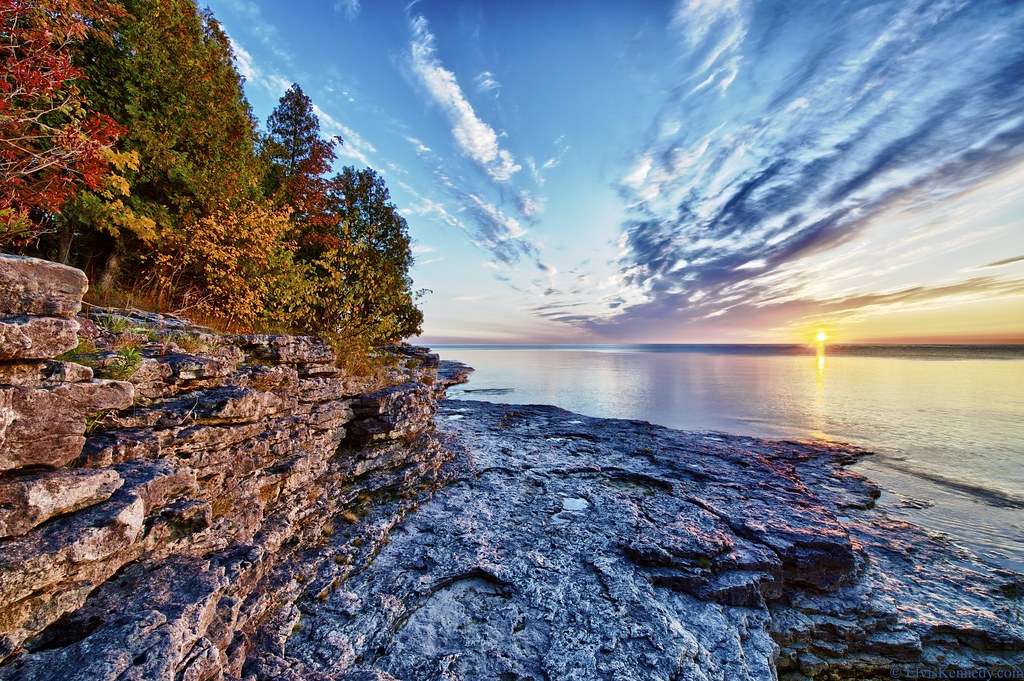What if nature had a voice? What if nature could fight back?
What if the rivers, the lakes, the trees, and the very soil beneath our feet had the power to say “No” when their lives were threatened?
Would we listen?
Could we?
Because deep down, we already know: nature isn’t here to serve us. It never was. It’s not a product. It’s not a resource. It’s not ours to own.
And yet, we treat it that way.
We’ve let corporations bottle and sell the water that feeds everything for free—forests, farms, families, entire ecosystems. We’ve watched industry turn lakes into dumping grounds. We’ve reduced entire watersheds to line items on someone else’s profit sheet.
It’s not just reckless. It’s suicidal.
The Great Lakes are the largest source of surface freshwater on Earth. They hold 21% of it. They give life to over 40 million people in the U.S. and Canada—and countless species that depend on their waters to survive. But they are not infinite. And they are not safe—not from us.
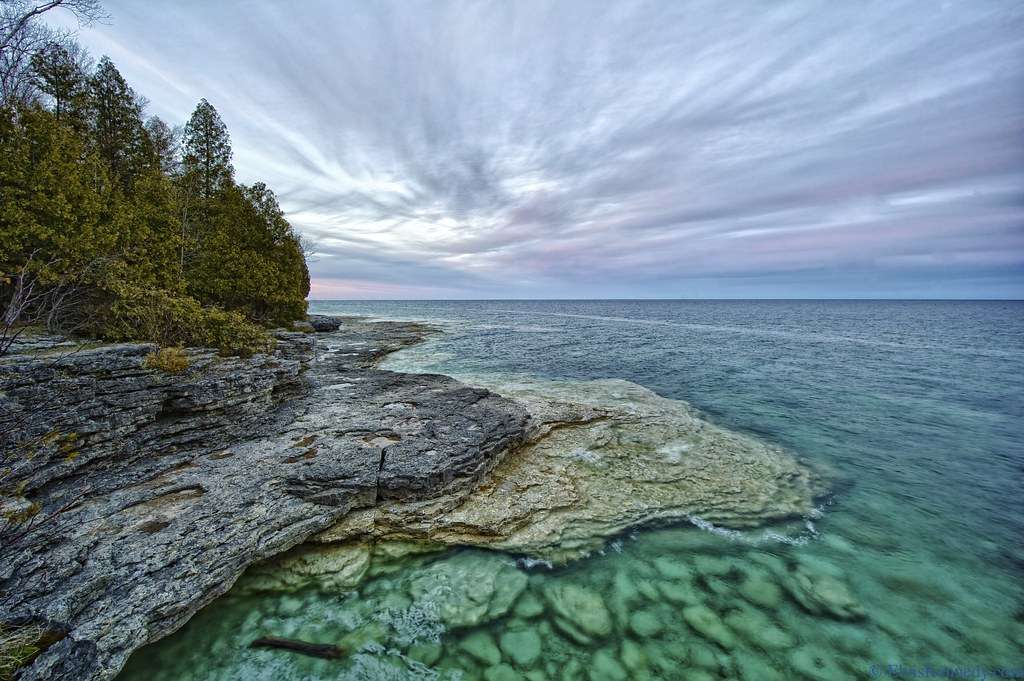
That’s why New York’s Rights of Nature legislation matters.
Assembly Bill A5156 isn’t just another piece of environmental policy. It’s a declaration: Nature has rights. The right to exist. The right to flourish. The right to evolve free from human exploitation.
Because water isn’t a commodity.
It’s life.
What Is the Rights of Nature Movement—And Why Does It Matter?
It’s hard to imagine what it would mean for an ecosystem to have rights.
We’re not taught to think that way. We’re raised to believe that nature is here for us to manage, control, and use. But the Earth was here long before us. The rivers and lakes predate cities. The forests outdate every building we’ve ever built. The air we breathe, the ground we walk on, are as ancient as time itself.
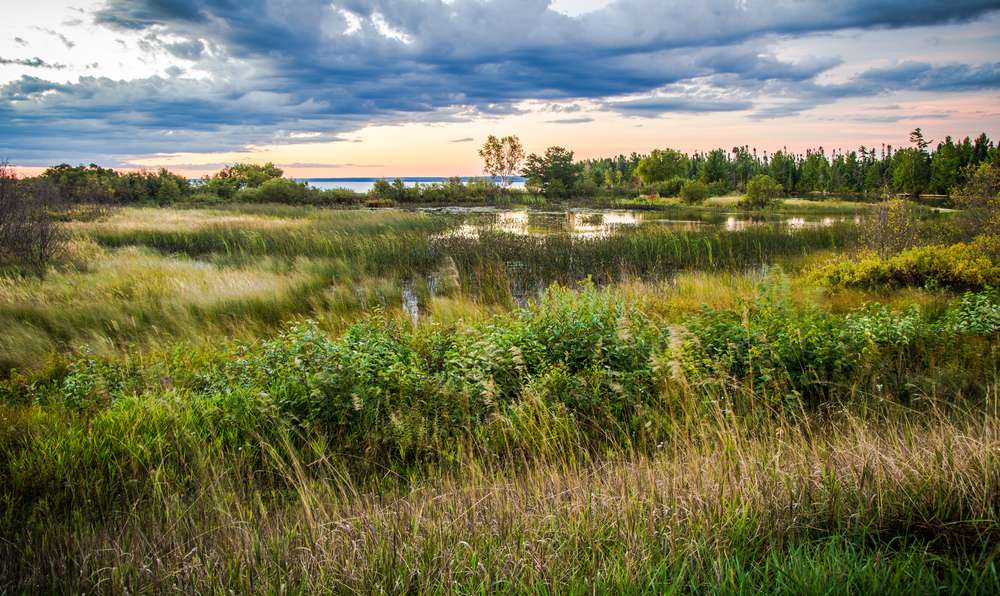
And all of it sustains us.
The Rights of Nature movement is based on one radical, but obvious truth: ecosystems are not property. They are living systems. And they deserve legal rights.
Rights of Nature laws recognize ecosystems as legal entities with the right to exist, flourish, and regenerate. Not because they’re like people. Not because they’re like corporations. But because they are living systems—and we can’t survive without them.
Corporations, on the other hand, are legal fictions. They should never hold more power than the Earth itself—or the humans who depend on it. They don’t need rights. They need limits.
Instead of asking how much harm is allowable, this law asks:
What does this ecosystem need to survive?
It’s a shift in law, yes. But more than that—it’s a shift in consciousness.
And it’s already happening.
Around the World: A Global Awakening
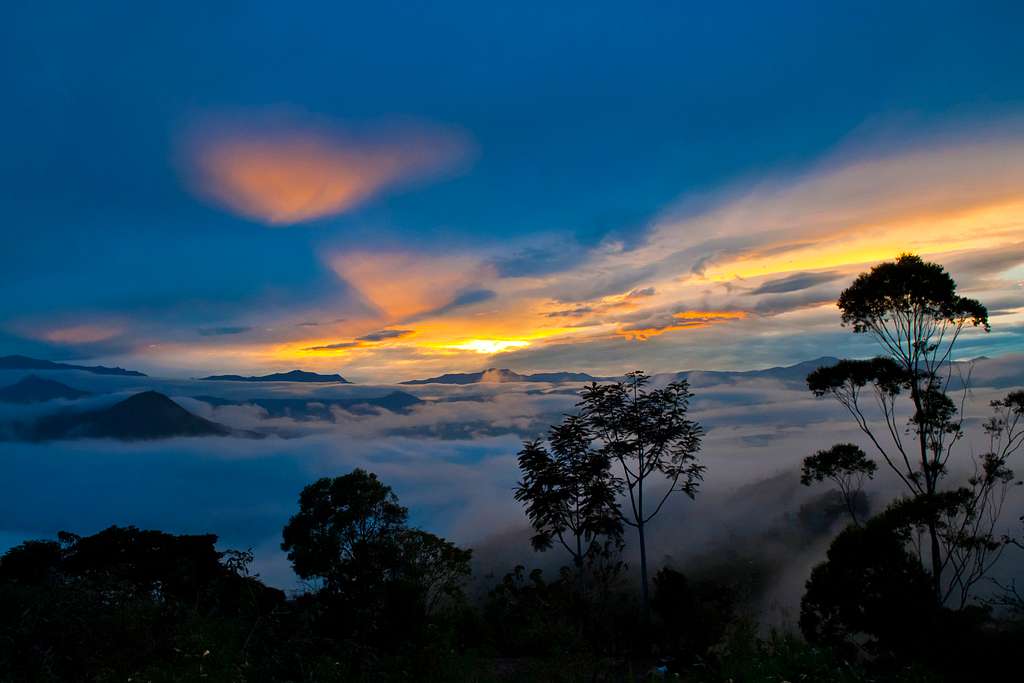
- Ecuador enshrined Rights of Nature in its constitution in 2008.
- New Zealand granted full personhood to the Whanganui River.
- Bolivia, Panama, Uganda, Colombia, and India have all recognized nature’s rights through national laws or court rulings.
It’s not just symbolic. These laws have been used to stop mining, protect forests, and give rivers standing in court.
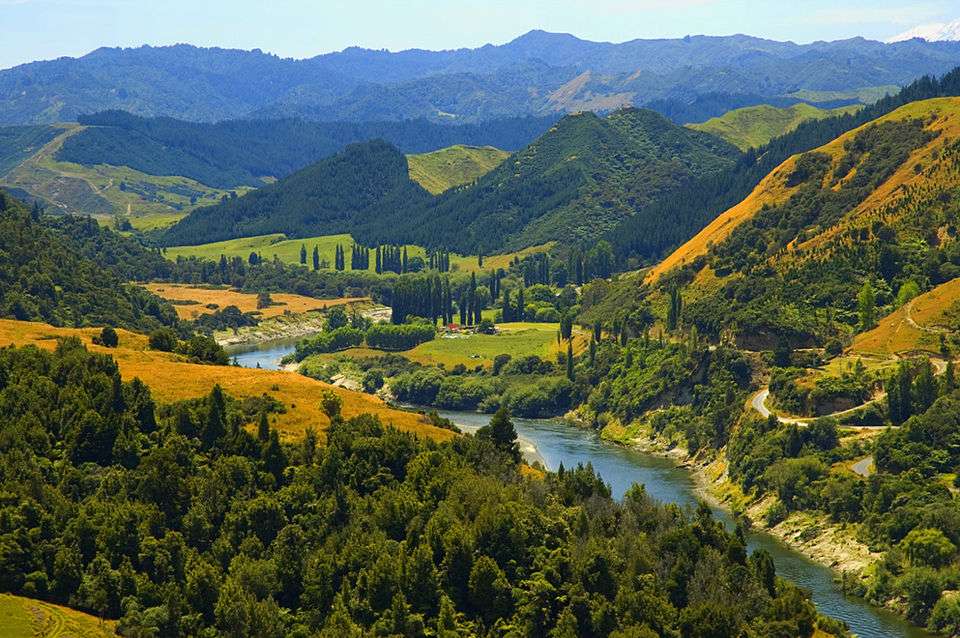
In the U.S. and Canada: The Fight For Nature Is Growing
In 2019, Toledo, Ohio, passed the Lake Erie Bill of Rights (LEBOR)—making it the first city in the United States to grant legal personhood to a body of water.
It was bold. And it was necessary.
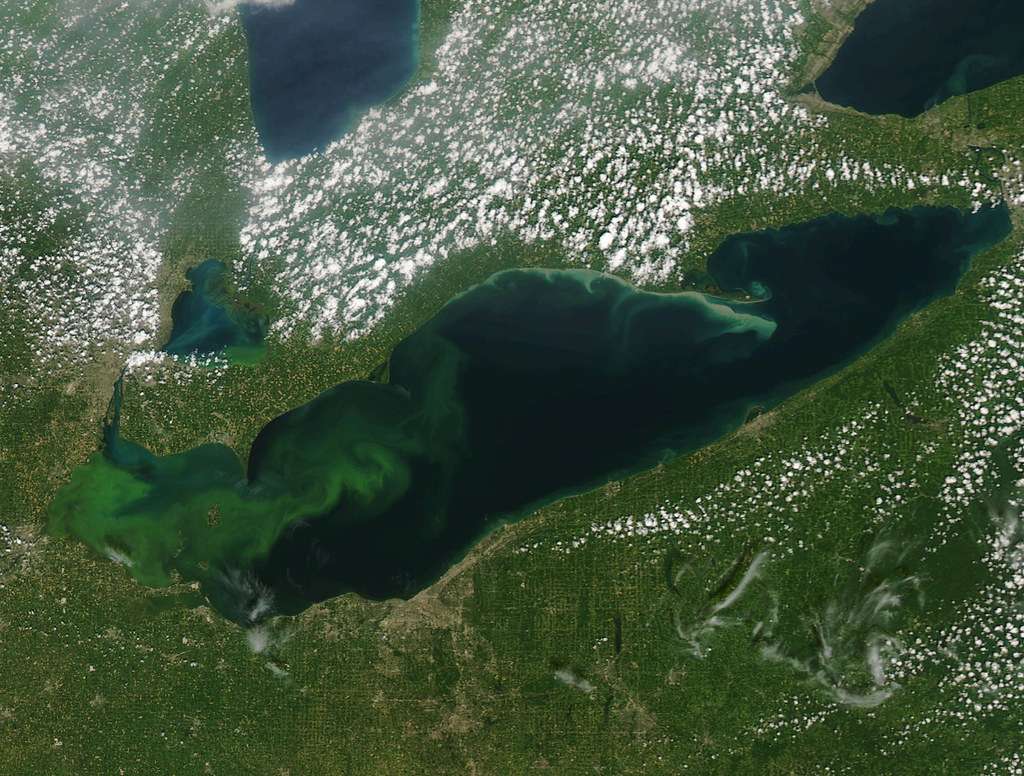
Lake Erie had suffered years of toxic algae blooms, largely driven by unchecked industrial farming and runoff. In 2014, 400,000 people in Toledo lost access to clean drinking water. Residents were sick of watching corporate polluters destroy their lake and get away with it.
So they did something about it. They gave the lake legal rights. They said: enough.
LEBOR allowed citizens to sue polluters on behalf of the lake itself. It gave the ecosystem a legal voice. It was passed by the people, for the lake, by a wide margin.
And then?
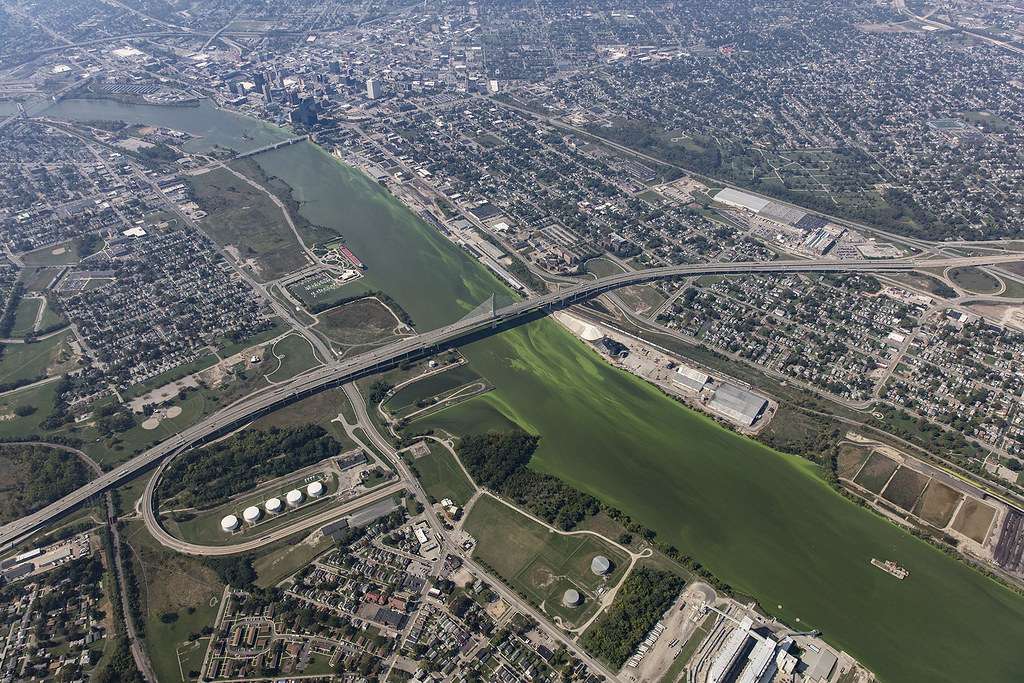
Drewes Farms Partnership—a large Ohio farming operation—sued the city of Toledo, claiming the Lake Erie Bill of Rights violated their corporate rights under the U.S. Constitution, or as they put it, the law was constitutionally vauge. A federal judge agreed, striking the law down—not because the people were wrong, but because corporate rights were still more protected under U.S. law than the rights of nature or the community, and it was given so through a lie.
Still, LEBOR shook the foundation. It opened eyes. And it proved one thing: Even when we lose in court, we can win in culture.
What New York’s Rights of Nature Bill Would Do
New York Assembly Bill A5156—The Great Lakes and State Waters Bill of Rights—is one of the most important pieces of environmental legislation in the country right now.
It would:
- Recognize the inherent rights of the Great Lakes and other state waters to exist, thrive, and regenerate.
- Allow citizens and communities to defend those rights in court.
- Acknowledge that ecosystems are not just property, but co-equal rights holders.
- Shift enforcement from exclusive state control to the people, giving legal standing to those harmed by ecological destruction.
In short, it would allow nature to fight back.
But let’s be honest—this bill will face heavy opposition. It probably won’t pass this round. Corporate pushback will be fierce. The political will isn’t there yet. And the system wasn’t built to protect the Earth.
But it still matters.
Because every step forward plants seeds. Every legal battle sparks a cultural one. And every time people say nature deserves rights—deserves to fight back—we move closer to a world where the law finally reflects that truth.
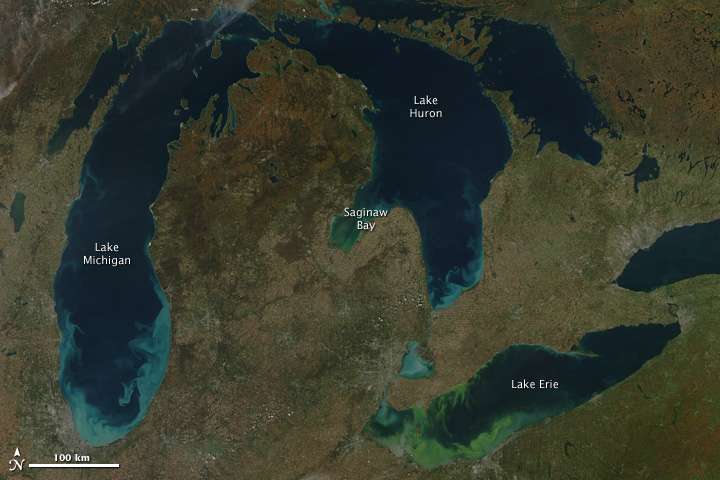
Why This Is Bigger Than One Bill
Let’s be clear: water is not a commodity, regardless of what any corporate talking head claims.
It is not something for corporations to extract, bottle, and sell back to us at a markup. It’s not a resource to be auctioned off to the highest bidder.
And yet, that’s exactly what’s happening.
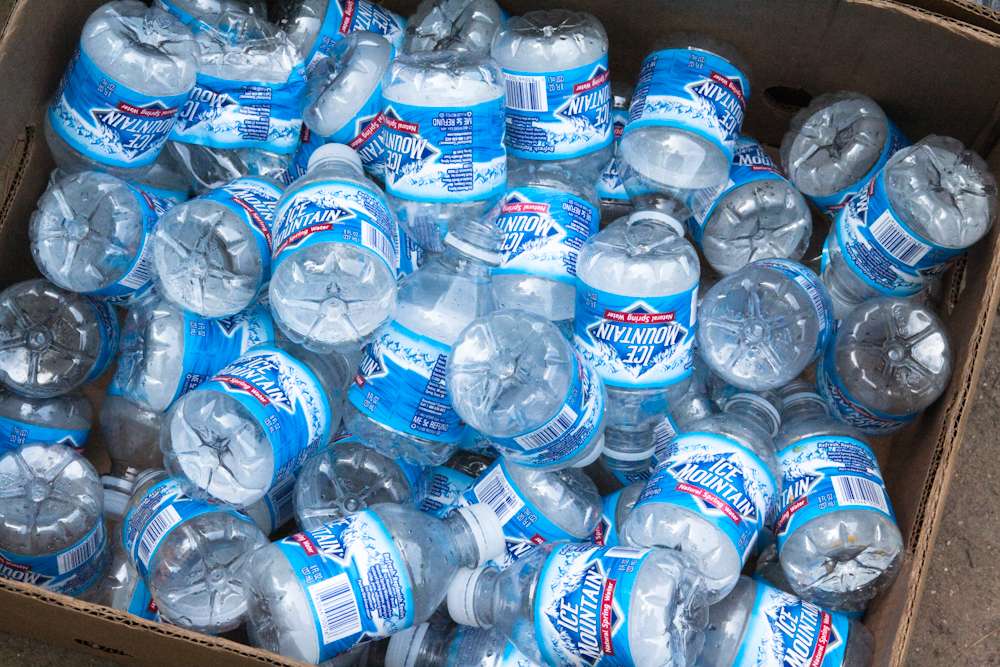
Nestlé—now operating under the name Blue Triton—has paid as little as $200 a year to extract millions of gallons of water from Michigan and Ohio, only to turn around and sell it back to us for billions in profit every year.
Enbridge’s Line 5, an aging oil pipeline beneath the Straits of Mackinac, continues to endanger the Great Lakes, despite multiple breaches, environmental violations, and community outcry. Not to mention, quid pro quo by Trump from one of his darling million dollar donors, contractor Tim Barnard.
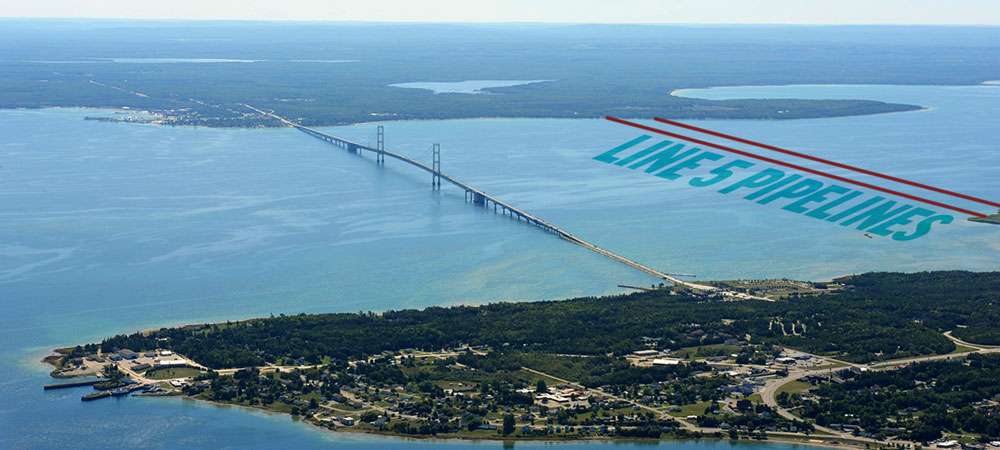
This isn’t protection. This is legalized exploitation.
And the current laws allow it.
Most environmental law doesn’t prevent harm. It just regulates how much harm is acceptable. If a company pollutes within the legal limit—or pays the fine—they’re in the clear.
But ecosystems aren’t built to survive that kind of logic.
Nature isn’t an “it.” It’s not a thing. It’s a living, breathing system. One we are part of.
And if we don’t give it the power to say “no,” then we’re complicit in its destruction.
Why This Fight Must Expand Across the Great Lakes
The Great Lakes Basin isn’t just geography. It’s identity. It’s survival.
From Anishinaabe water walkers to Toledo mothers with poisoned taps, people in this region know how sacred water is—and how fragile the systems that protect it are.
Every year, 22 million pounds of plastic are dumped into the Great Lakes. Microplastics have been found in fish, water, beer, and even the air we breathe. Pesticides, herbicides, and agricultural chemicals are flowing in at alarming rates—disrupting entire ecosystems, poisoning aquatic life, and entering our bodies. A new documentary Ripples of Plastic, dives into this crisis. Watch the trailer below.
It’s not just Ohio. It’s not just Michigan. It’s everywhere.
And the truth is, we can’t wait for federal action. We need a wave of Rights of Nature legislation—state by state, county by county—until the law finally reflects what people already feel:
That nature matters. That water is sacred. That the Earth has rights.
What’s Next—and Where We Go From Here
This bill is just one step in a global movement. From Ecuador to New Zealand, people are waking up to a deeper truth: we can’t survive if we keep exploiting the Earth as if it’s disposable.
We need to change how we see nature. Not as a thing to manage—but as something we belong to.
And New York is showing how it can be done.
How We’re Helping
At Pulse of the Great Lakes, we’re taking this fight seriously.
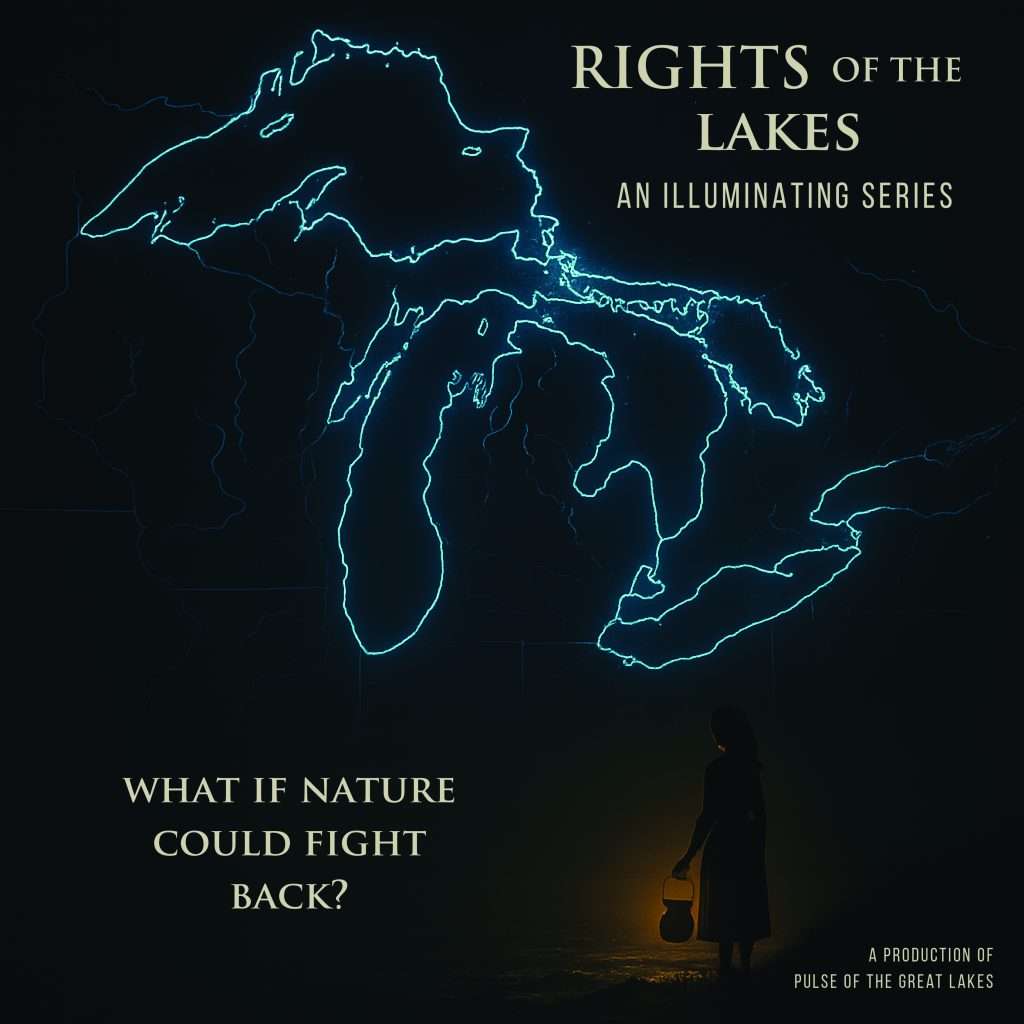
On the magazine side, we’re launching a full investigative and storytelling series called Rights of the Lakes: An Illuminating Series. It’s a 19-part (at minimum) deep dive into the legal, cultural, and corporate battles threatening our water and environment throughout the Great Lakes Basin region—and what we can do about it. We’re partnering with the Community Environmental Legal Defense Fund (CELDF) and others to bring you the full story: from Indigenous leadership to pipeline resistance to how you can take action locally.
On the nonprofit side, our Love Where You Live Foundation is focused on education, community engagement, and public awareness. We’re not lobbying—but we are informing. Our role is to help people understand their watershed, their rights, and the growing movement to protect ecosystems through the law.
Together, we’re creating a foundation for long-term change—across the Great Lakes Basin region and beyond.
Get Involved Today
Here are a few things you can do right now.
- Donate: Love Where You Live Foundation: Great Lakes Basin Initiative
- Learn: Community Environmental Legal Defense Fund (CELDF)
- Read: CELDF Legal Library (Scroll to mid-page)
- Watch: Right of Nature Explained
- Read: New York Assembly Bill A5156A
- Visit: Right of Nature Law Library.
- Read: Rights of Nature FAQ
- Talk to your local officials. Ask where they stand: corporate rights, or the rest of us—including nature?
And above all: don’t look away.
Learn your watershed. Learn your rights. Help change the law.
Because the Great Lakes won’t survive on hope alone.
They’ll survive if we fight for them.
Even when the system says no.








